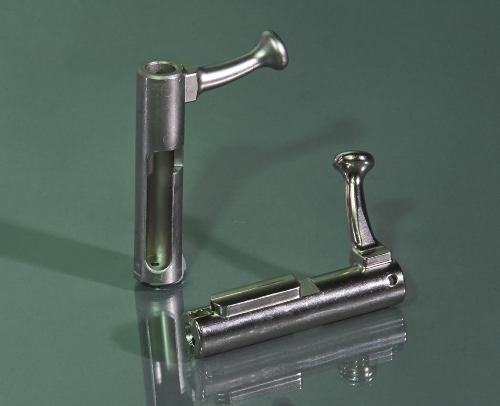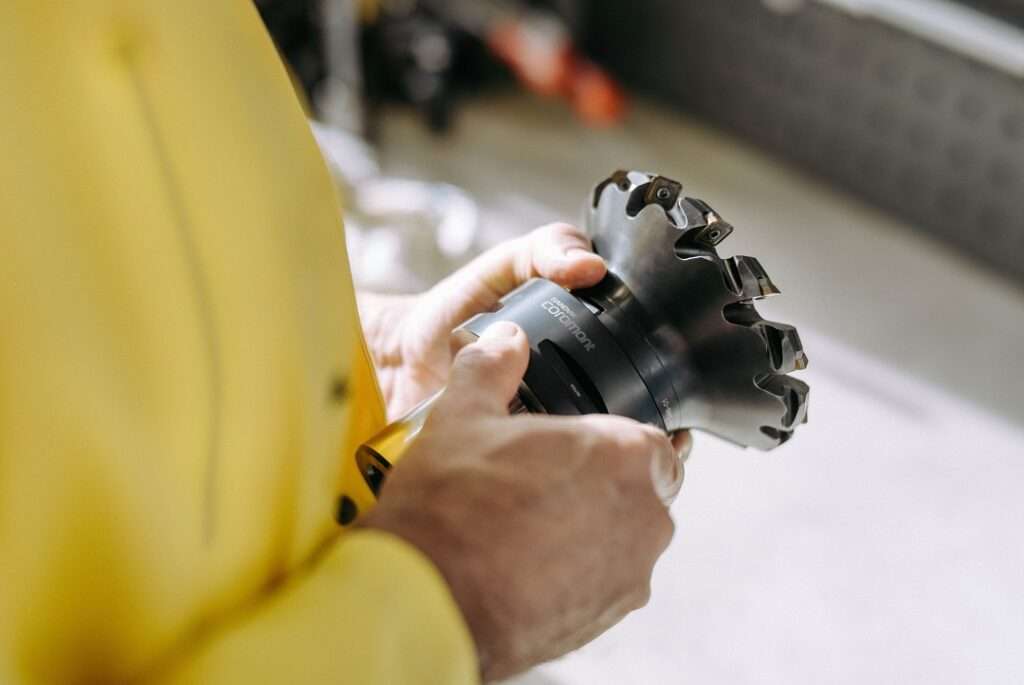India has the 3rd largest military and is the 5th largest spender in the world on defense procurements. However, imports account for nearly 60 percent of all defense procurements in the last decade, making it the biggest defense importer in the world. Such dependence on imports for a critical sector like defense is detrimental to India’s national security.
With the constant threat of the two adversaries and a valid threat of facing both of them in war, India needs to modernize its aging fleet of warships and fighter jets. Along with this, it needs to reinforce its 2.6 million-strong infantry with the latest firearms and equipment. The Army requires 1 million assault rifles a year while the government-owned OFB can only supply about one-tenth of the number annually. The potential of the Indian defense industry is quite large. However, the lack of indigenous options forces the armed forces to consider foreign options.
Previous attempts for indigenization have resulted in sub-par results. For example, in the 1999 War, there were numerous reports of gun jamming, magazines cracking, and gun firing in automatic mode when switched to burst mode, affecting the operation of indigenous rifles. In 2017, the Indian government announced plans to facilitate the replacement of old INSAS rifles. India signed a contract with a US firm in February 2019 for 72,400 assault rifles at a cost of around USD 100 million.
A serious push for indigenization in the defense sector has come through the “Atmanirbhar Bharat” policy that aims to revolutionize the domestic defense industry completely. In addition to conventional technologies, introducing newer and more efficient techniques like Metal Injection Moulding can change the entire production process and quality of Indian defense equipment.
Metal Injection Moulding is an alternative manufacturing process for small-to-medium-shaped precision components that were previously manufactured by conventional methods at a higher cost. In this process, ultra-fine metal powders are mixed with polymer binders to create a feedstock suitable for injection moulding. Upon removal of these binders, the remaining powders sinter to acquire the final product.

There are several advantages to using MIM technology in developing defense equipment such as by using this moulding technique with extremely tough components, the manufactured products have high strength and capability to perform even in the harshest conditions. Optimal performance in any environment is a major requirement of any components used in defense equipment.
MIM is capable of producing far more complex designs with greater precision than products manufactured by conventional methods. Metal Injection Moulding allows for more complexity in the design of a product such as thinner wall sections, sharper cutting points, and tighter tolerances. It is better suited to making parts that are lighter than 20g, and smaller than 100mm. Producing uniform products with the same dimensions can be a daunting task for manufacturers employing traditional manufacturing technologies. MIM, on the other hand, is automated and requires far less production time, and has excellent repeatability, which helps in manufacturing products, which are exactly as you want them to be.
As multiple manufacturing setups and processes for small and intricate components can be avoided, the cost per component can be lowered significantly. Metal Injection Moulding supports mass production without compromising high production volume. Combined with a low wastage rate, MIM is a very cost-effective process as compared to investment casting.
With its proven advantages in various defense applications, India’s defense manufacturing can tap the new and emerging Metal Injection Moulding for providing cost-effective and reliable defense components. Metal Moulding Injection technology can be a game-changer for the Indian defense sector and provide India with a giant leap in firearms and defense manufacturing.







